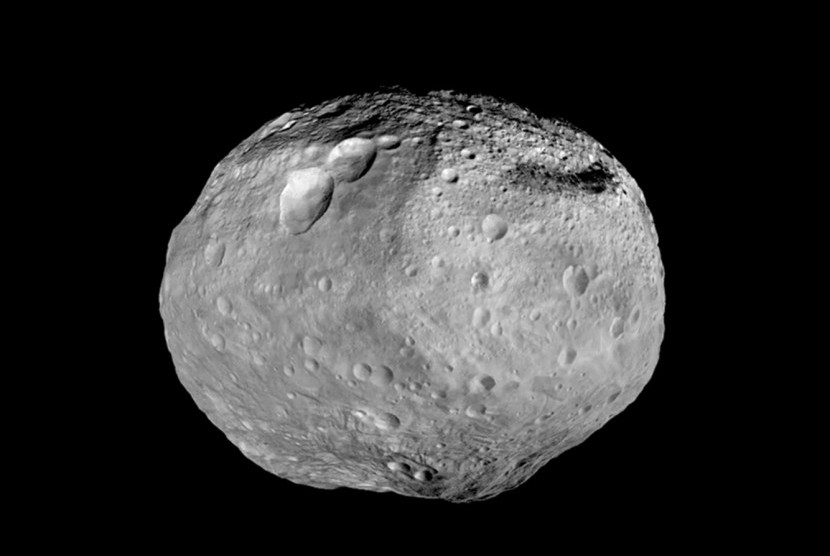The software update takes into account the new changes affecting the asteroids.
REPUBLIKA.CO.ID, KALIFORNIA — The American Space Agency’s (NASA) Jet Propulsion Laboratory (JPL) recently upgraded the software used to assess asteroid potentially dangerous. This update takes into account the influence of sunlight on orbit, among other changes.
The new impact monitoring algorithm, called Sentry-II, improves on the software used for 20 years. The newer Sentry-II will periodically scan the table of potentially hazardous asteroids with known orbits, generated by the JPL Center for Near-Earth Object Studies.
Sentry-II will make calculations for at least the next decade, reporting on the object with the orbit calculated to be at greatest risk to Earth. (Another system called Scout rates the asteroids by their only partially known orbits.)
Sentry-II also includes key enhancements that will make its assessments more accurate by considering the Yarkovsky effect. Reported from Space, Monday (1/24/2022), the Yarkovsky effect occurs when sunlight is absorbed by the asteroid’s surface and re-emitted as heat.
This heat emission has a subtle, but strong effect on the asteroid’s path through space—and can affect the likelihood of a space rock hitting Earth.
Astronomers already know about Yarkovsky effect for decades, however, only recently has computer software become powerful enough to handle analysis of effects on large data sets. Sentry-II will allow JPL to assess potential impact with odds as small as a few odds in 10 million.
“The fact that Sentry cannot automatically handle the Yarkovsky effect is a limitation,” Davide Farnocchia, a JPL navigation engineer who also helped develop the Sentry-II, said in a statement.
–


